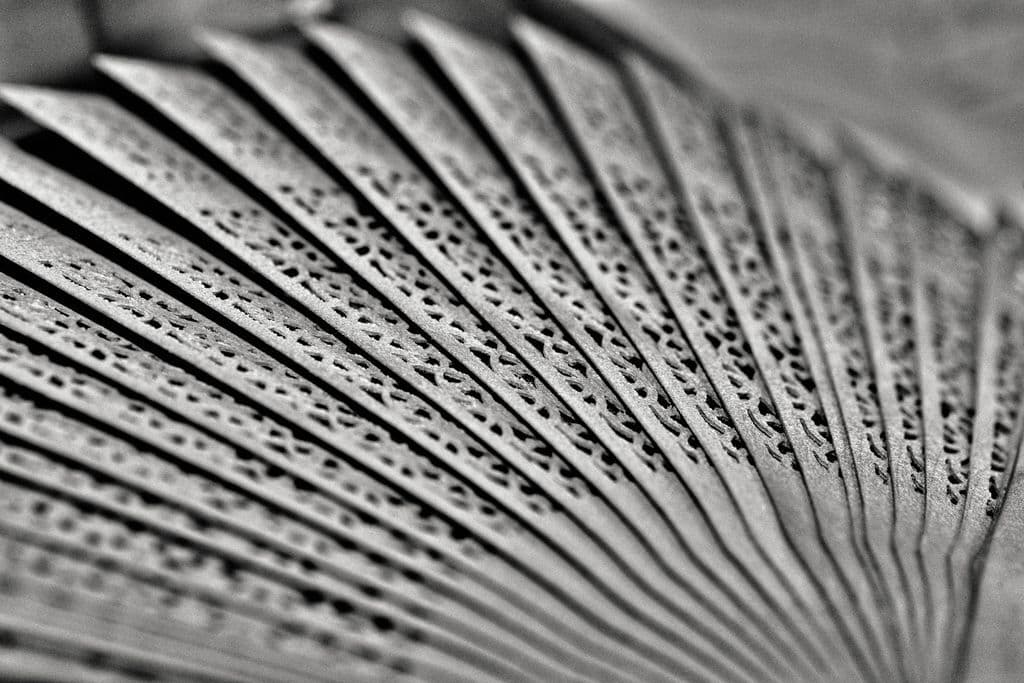Blog
Learning Materials
Mastering MLA Format Essay: Comprehensive Guide and Tips
Updated: April 10, 2024

Navigating the nuances of MLA format can often feel like deciphering an ancient code! From specific font requirements to intricate citation rules, the complexity can be overwhelming, especially for students. MLA format requires a specific set of formatting rules, including a running header with your last name and page number, a title page with specific alignments, and strict guidelines for citations and quotations. Our comprehensive guide will walk you through the essential elements of crafting an MLA format essay, from setting up your paper to integrating quotations and formatting your 'Works Cited' page.
Generate essays with Samwell.ai
Whether you’re a publisher, professor, journalist, or student, let us tailor a plan just for you.100% Accurate Citation from Academic Libraries
Upload PDF sources
Bypass AI detection with Semihuman
Plagiarism Free
Most Read Articles

May 22, 2024
Your Guide to Help Writing a Essay Successfully
Expert tips for help writing a essay - from crafting a thesis to structuring your essay effectively.
Read more

May 1, 2024
How to Write Critical Thinking Essay: Expert Tips
Expert tips for writing a critical thinking essay. Learn how to structure, choose topics, and use evidence effectively.'
Read more

Jan 25, 2024
How to Write a Good Hook: A Step-by-Step Guide
Master the art of crafting a good hook with our guide. Create compelling openers for a memorable first impression.
Read more

Jan 8, 2024
Ultimate Guide to Writing Tips: Enhance Your Skills Today
Discover a variety of writing tips in our ultimate guide to elevate your skills today!
Read more
Start Writing Your Free Essay!
Undetectable AI content
In-text citations
Upload PDF sources
Authentic Sources
Plagiarism checker
Video References